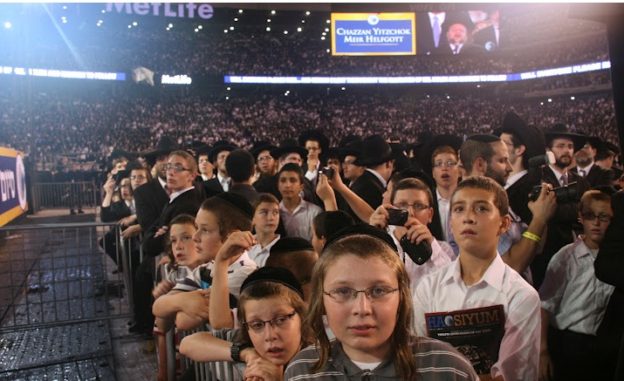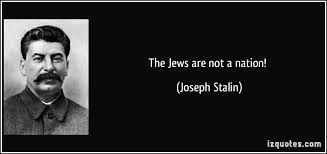Sitting among other commuters in the cavernous terminal, waiting for the next ferry from Staten Island to Manhattan, I sensed some commotion in my periphery. Looking up from my reading, I saw a 40-ish man struggling against several ferry terminal employees, who were trying to get him to exit the room.
Homeless people regularly spend time in the ferry terminal, as they do in other transportation hubs in New York and elsewhere. They’re often sleeping, and taking up seats with their bodies and their belongings. It’s easy to feel resentful toward them, especially if there are no other seats available. Until, that is, one thinks about the fact that the large bags of sundry items they lug around and park nearby represent all that they own in the world. And that their only options for getting rest or staying warm in the winter – other than to subject themselves to crime-ridden public shelters – is to bed down in train, bus or ferry terminals.
Although he wasn’t one of the “regulars,” the fellow who had just entered the room clearly belonged to the fraternity of people with no place to call home. He was laughing and moving somewhat animatedly as the ferry terminal personnel, who seemed to know him, gently escorted him out of the room. “C’mon, Jerry,” one large uniformed fellow cajoled him, “Let’s go.”
“No, no,” the homeless man replied, and looked around the room. “I just want to talk to… the rabbi!”
That would be me, of course. Oy.
“No, you don’t, Jerry,” Mr. Burly said with a loud laugh. “You leave the rabbi alone!”
“Just for a minute,” Jerry pleaded, and, releasing himself from his captor’s grip, he ambled over and introduced himself. “Sholom aleichem, rabbi! I’m Yosef Shmuel ben Aharon!”
I would never have guessed the fellow was a relative. “Pleased to meet you,” I replied, smiling, and hoping my discomfort didn’t show.
“Would you happen to have a spare yarmulke on you, by any chance?” he asked.
I was taken aback by the unexpected request. “I’m so sorry,” I replied. “I don’t.” Which was true, but, after he thanked me all the same and was led out of the room, I felt ashamed. I was wearing a yarmulke under my hat, after all. Couldn’t I have given it to him and worn my hat at work? It might have looked a little strange as I moved my morning coffee from the kitchen to my desk, but it would not have eternally stigmatized me.
That entire day, my response to the homeless man bothered me. Actually, at night, too.
The next day, I put a spare yarmulke in my pocket, just in case Jerry might be at the terminal again. I had never seen him before, so I wasn’t optimistic. But when I arrived, there he was, sitting quietly in one of the waiting-area seats. He didn’t see me and I just watched him from afar. When the call came for passengers to board the ferry, though, I went over to him and offered him the yarmulke.
His eyes opened wider than I imagined possible. He took the yarmulke, leaped to his feet and practically shouted “Thank you so much!”
“My pleasure,” I said, and rushed to make it to the boat before the doors closed.
So many bein adam lachaveiro mistakes in life are not easily correctable, so I was grateful for the opportunity to undo one of my bad judgments. And yet I worried, too, that I may have made a friend who would come to occupy more of my time than I might wish. I try to use my commute for learning and reading. I turn down ride offers from neighbors, so cherished is my “quiet time.”
So, even though I sincerely wished Jerry only well, and hoped that his new (well, to him) yarmulke would somehow benefit him, if only to identify himself as a Jew, I feared that I might have paved the way for a daily conversation with someone who might not even be mentally balanced. But I didn’t regret my small gift; I knew I had done the right thing. And that’s all any of us can do, no matter what consequences might ensue.
It’s been many weeks since my two encounters with Jerry. I haven’t seen him since.
I know it might strike some as silly, but I can’t help wondering if he might have been placed there those two days just for me.
© 2016 Hamodia









